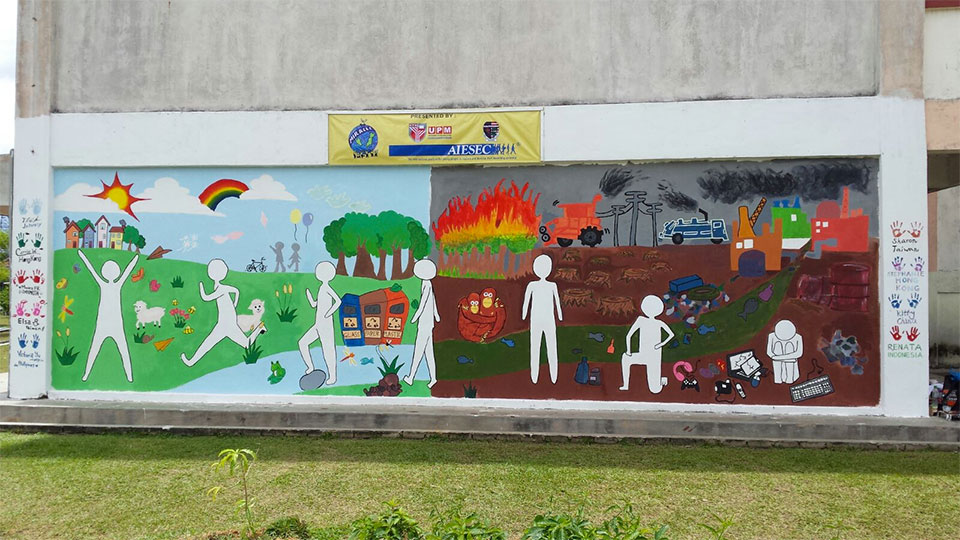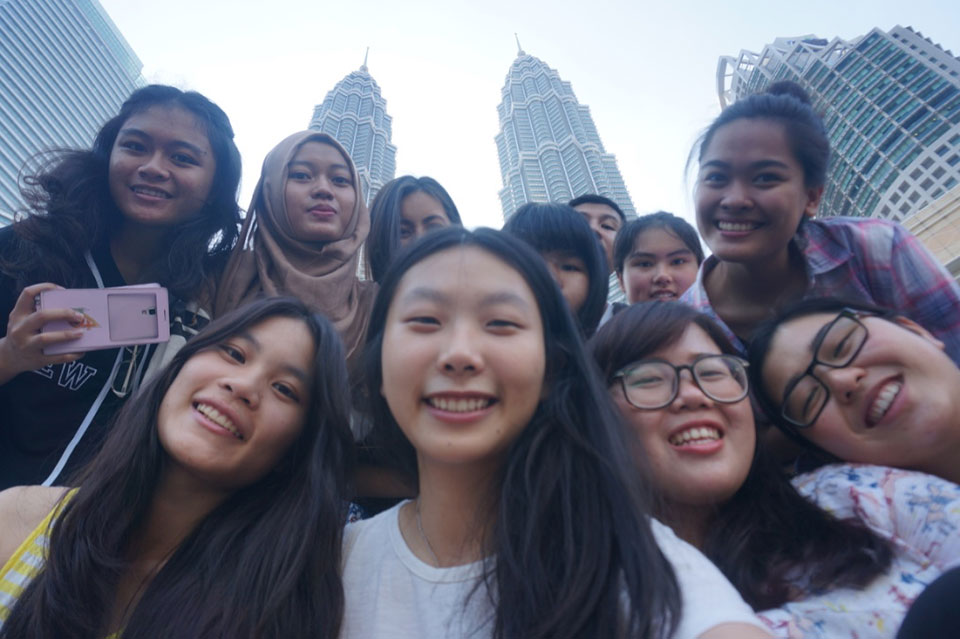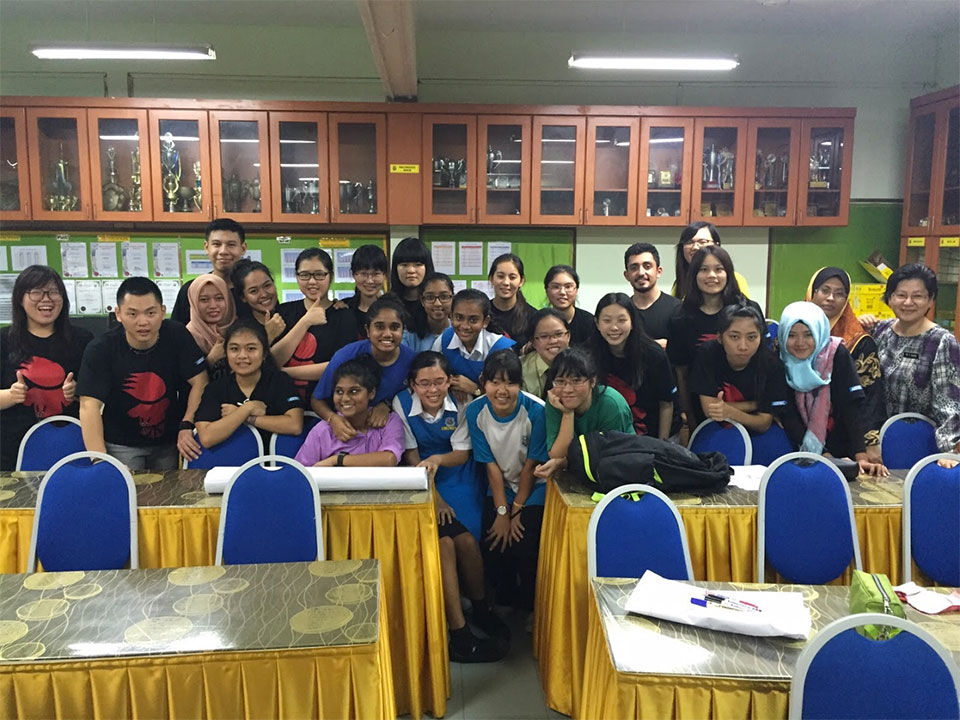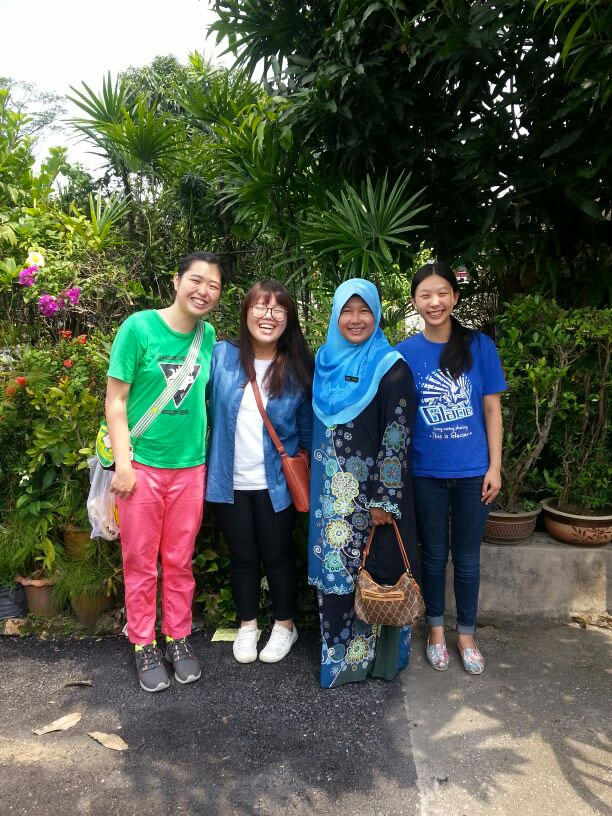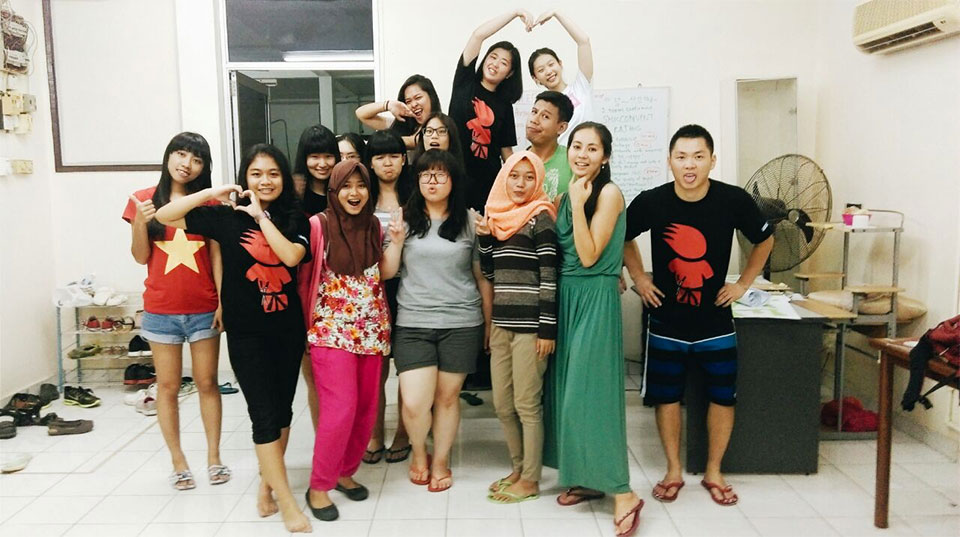


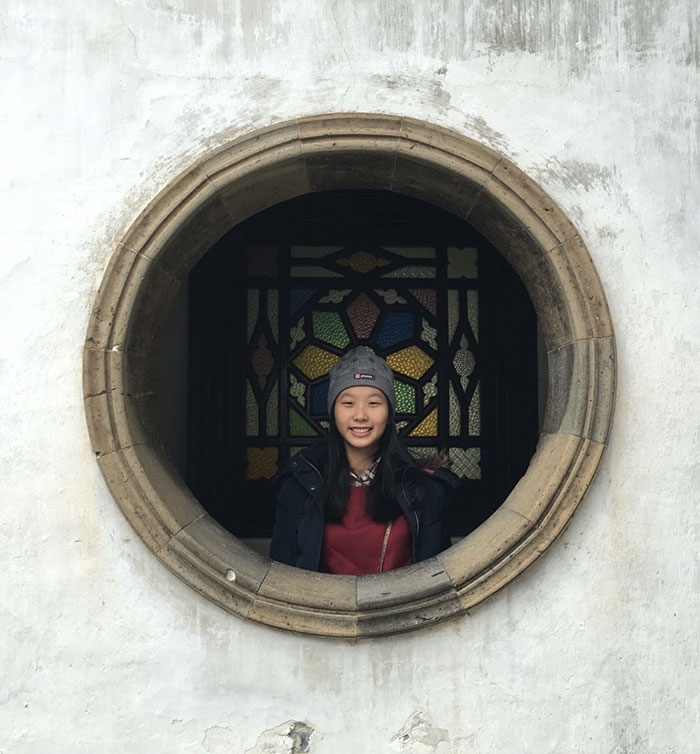
This summer, I joined an AIESEC exchange programme. I went to Malaysia for 6 weeks to work on a project called the Miracle project, which aims to deliver the message of safeguarding the environment to secondary school students in Kuala Lumpur. This project was created by the AIESEC Universiti Putra Malaysia in 2004, and each year, more than 100 local students engage in this event to make an impact on their community. The Miracle project is formed by 3 consecutive activities, Miracle Youth Conference(MYC), Green Challenge(GC) and the celebration. In MYC, teams from different secondary schools gather to learn project design and management skills. Subsequently, they initiate their own project and implement it in GC. The celebration is an occasion for students to present their work and compete.
My duty in this project is to be a facilitator during the MYC and GC. In order to learn the skills of being a facilitator, we went to a training workshop offered by the Jane Goodall Institute. In the workshop, I learned how to facilitate team building by various ice breaking games. My favourite part of the workshop is mapping, in which we had to share with the audience what the community we live in looks like, identify problems and come up with a project as a solution. After our presentation, I was immediately challenged by the trainer with many questions. Without a lot of thinking, I had to tell our short term and long term goals, our limitations and strengths, our approach to reach our goals etc. In fact, I was a bit shocked at that moment because I didn’t anticipate that the project design had to be that comprehensive. After this workshop, I realised the question they asked me was actually guiding me to solve a problem effectively. This doesn’t only apply to problem solving; the same approach can be used in goal setting and decision making.
Unfortunately, the MYC was cancelled due to a sudden withdrawal of participants. All of a sudden, we didn’t have much work to do. The morale of the exchange participants started to decline. Owing to the fact that GC had to go on, we, the exchange participants had to go to secondary schools to hold workshops to attract participants in the third and fifth week of our exchange. We got a very warm welcome from the school next to our house. An affectionate teacher brought us to her house and cook us food. We built friendship with the students by inviting them to come to our house and had a good time in talking and playing with them.
Near the end of the fifth week, my Taiwanese friend told me she felt low because she did not do anything meaningful in Malaysia. In fact, every exchange participant expected to make an impact in Malaysia but the project didn’t live up to our expectations. Finally, my friend and I decided not to be passive anymore and started our own project. The project aimed to decorate our community by mural drawing. After having this idea, we did some research and found that we had to get government approval to paint on walls. Therefore, we switched our target to schools. We contacted the school with whom we formed a close relationship, and ask if we can paint a mural in the school. Fortuitously, we got the permission. Therefore, in the last week, we went to school every day to draw the mural. This experience tells me again to be proactive instead of staying passive. Besides, it’s never too late to make an impact if you truly want to do it.

